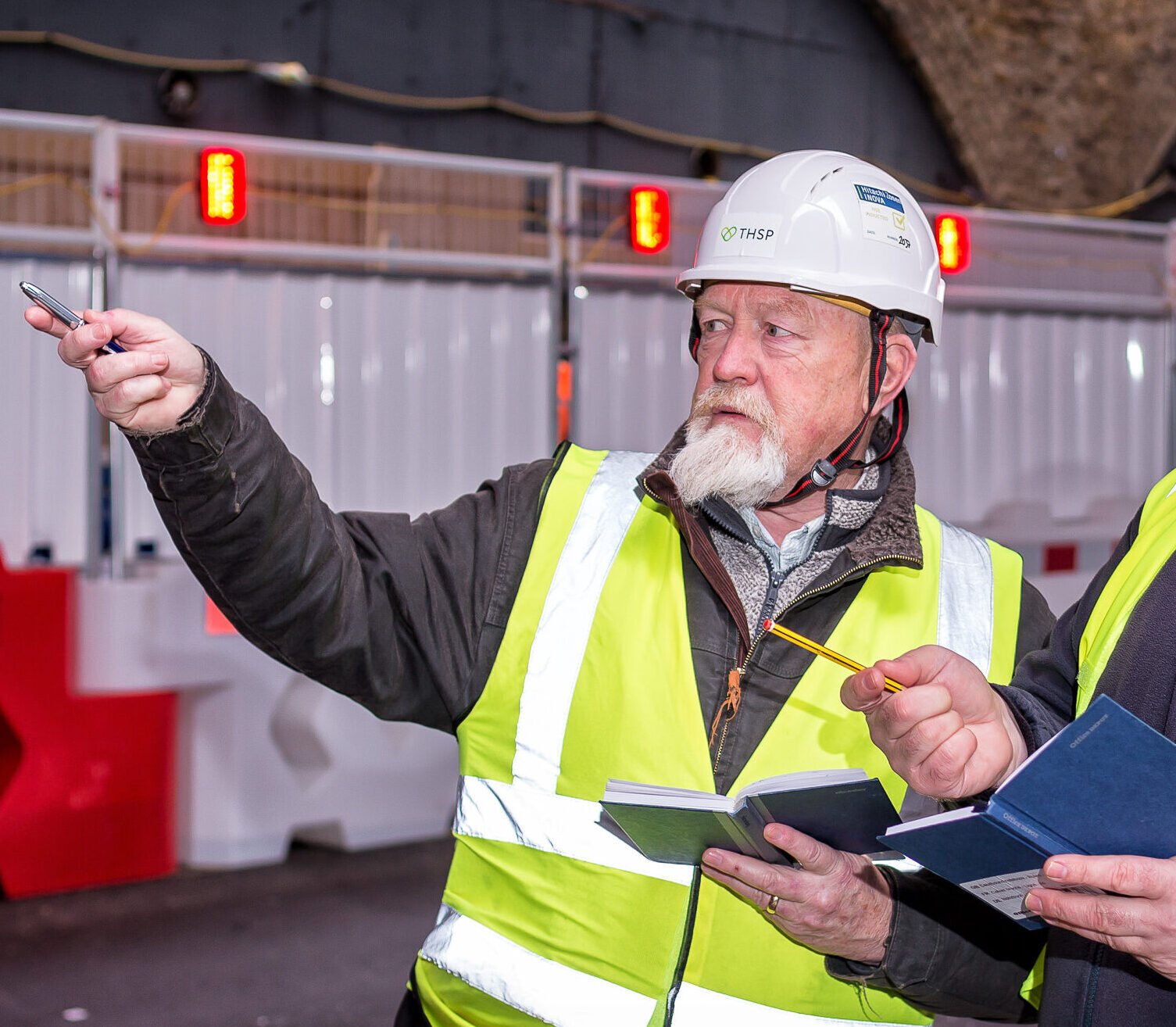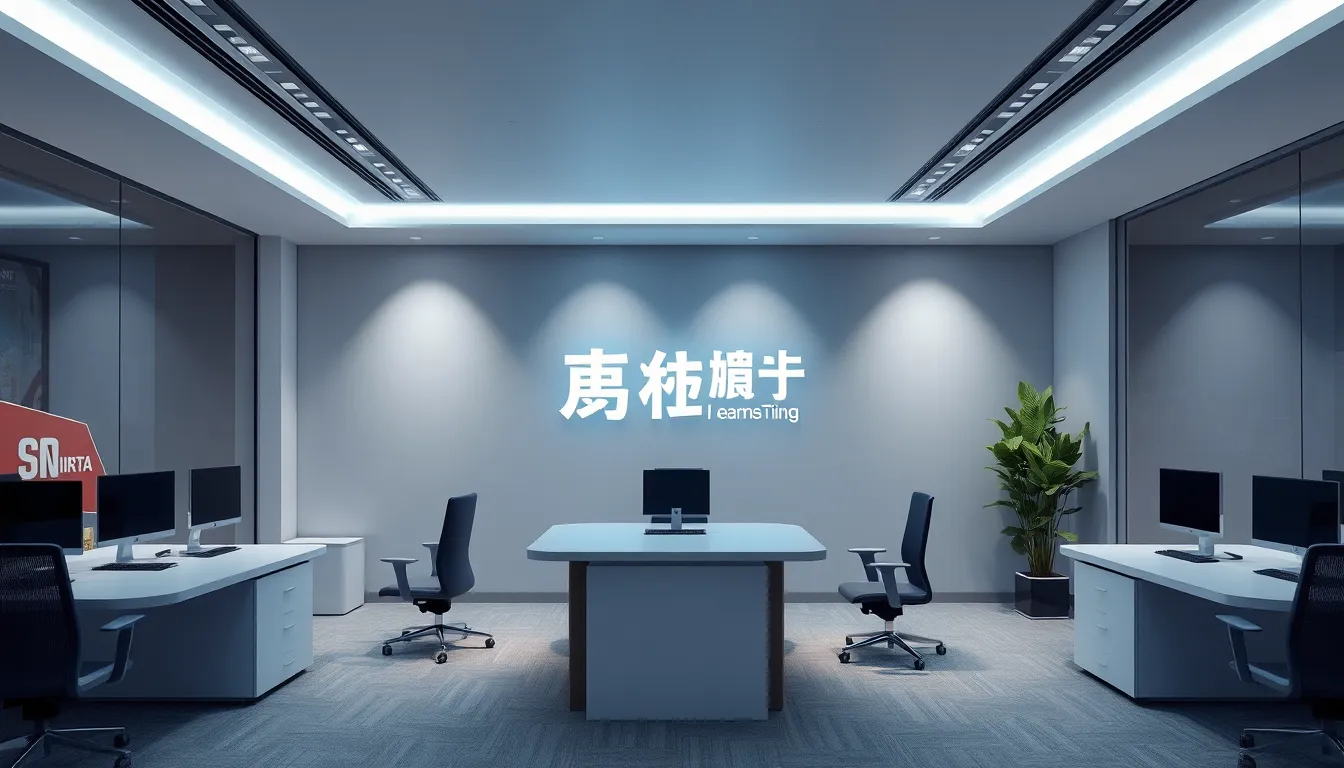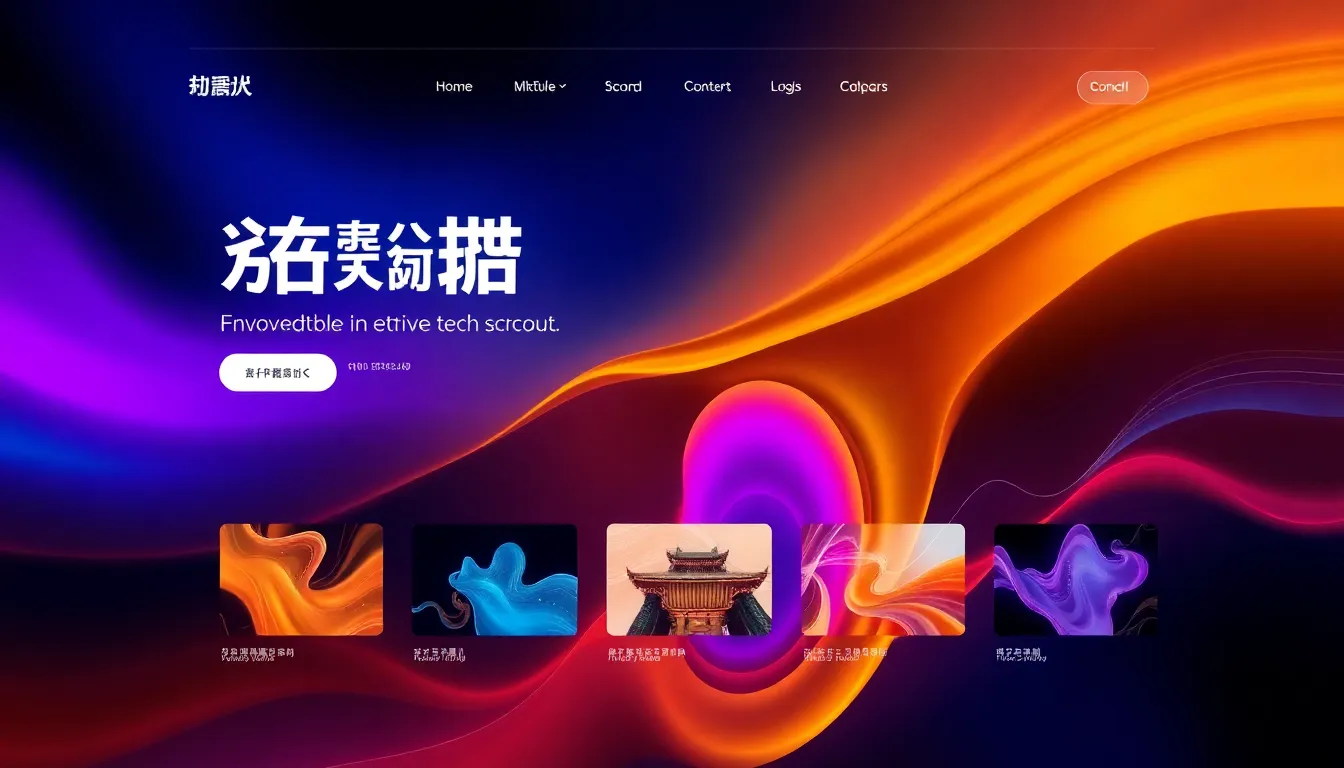The Importance of Industrial Hygiene in the Workplace
In today’s fast-paced industrial environments, maintaining health and safety is more critical than ever. One of the most effective ways to ensure a safe working environment is through regular inspections and monitoring of potential hazards. This is where industrial hygiene software plays a vital role. By leveraging this technology, organizations can prevent workplace accidents through more consistent, data-driven safety procedures.
Industrial hygiene is the science of anticipating, recognizing, evaluating, and controlling workplace conditions that may cause workers’ injury or illness. With industrial hygiene software, safety teams gain powerful tools to track exposure levels, automate safety audits, and streamline compliance with regulations. All of these features combine to prevent workplace accidents more effectively than traditional manual methods.
How Industrial Hygiene Software Transforms Inspections
Manual inspections are time-consuming, prone to human error, and often inconsistent. This can lead to overlooked hazards or delayed responses to dangerous conditions. Industrial hygiene software changes this by introducing automation, real-time data collection, and advanced analytics into the inspection process. As a result, businesses can quickly identify trends and patterns that may lead to hazards and take action to prevent workplace accidents before they occur.
This software also improves documentation, ensuring that every inspection and follow-up is recorded accurately. This not only helps prevent workplace accidents, but also aids in maintaining compliance with safety standards such as OSHA, ISO, and others. By having all relevant data in one centralized platform, companies can act faster, more decisively, and more confidently.
Enhancing Safety Culture with Data-Driven Insights
One of the most valuable features of industrial hygiene software is its ability to analyze historical data. By looking at patterns of previous incidents and exposures, companies can predict high-risk scenarios and implement preventative measures. This proactive approach significantly helps prevent workplace accidents across various industries, from manufacturing to construction to energy.
With detailed dashboards and reporting tools, safety managers can engage workers in the safety process, using real data to explain why certain protocols are necessary. This promotes a stronger safety culture, empowering employees to take personal responsibility for their work environment. When workers understand that data-driven decisions are being made to prevent workplace accidents, they are more likely to comply with safety rules and participate in risk-reducing behaviors.
Streamlining Compliance and Reporting
Staying compliant with occupational health and safety regulations can be a complex, ongoing challenge. Industrial hygiene software simplifies this task by automatically generating reports, maintaining audit trails, and reminding staff of upcoming inspections. These automated features help companies avoid fines and shutdowns while keeping their operations smooth and efficient.
More importantly, the software allows organizations to show regulators and auditors that they have taken proactive steps to prevent workplace accidents. Instant access to historical data and inspection results demonstrates a genuine commitment to workplace safety. The ease and accuracy of reporting also free up safety professionals to focus on implementing improvements rather than just managing paperwork.

Real-Time Monitoring and Alerts
Many industrial hygiene software platforms now come with real-time monitoring capabilities. By integrating with sensors and IoT devices, they can provide instant alerts when exposure levels exceed safe limits. This allows for immediate intervention, which is key to prevent workplace accidents caused by toxic chemicals, poor air quality, noise pollution, or other hazards.
Real-time alerts ensure that no issue goes unnoticed, no matter how busy the shift or large the facility. This is especially important in high-risk environments where even a short delay in response could have serious consequences. With these technologies, industrial leaders can act on threats before they escalate into incidents.
Scalability and Flexibility for All Industries
Whether you’re a small factory or a large multinational corporation, industrial hygiene software can be tailored to meet your needs. It scales easily, making it ideal for organizations that operate across multiple locations or have a large workforce. This scalability ensures that all teams are using the same standards and tools to prevent workplace accidents, leading to a more unified and efficient safety strategy.
The software is also flexible enough to adapt to changes in regulations or internal policies. As new hazards emerge or operations expand, updates can be quickly implemented across the platform. This adaptability makes it easier for businesses to keep safety practices current and effective.
Conclusion: Invest in Safety with Industrial Hygiene Software
In conclusion, adopting industrial hygiene software is a smart, strategic move for any business that values employee health and operational efficiency. It offers a comprehensive, automated approach to inspections that not only saves time but also helps prevent workplace accidents at every level.
With its ability to gather and analyze data, monitor conditions in real time, and generate accurate reports, industrial hygiene software empowers organizations to make informed decisions that protect their workers. By integrating this technology into your safety management plan, you are taking a crucial step toward a safer, more compliant, and more productive work environment. Now more than ever, using advanced tools like industrial hygiene software is essential to prevent workplace accidents and protect your most valuable asset—your people.













Leave a Reply